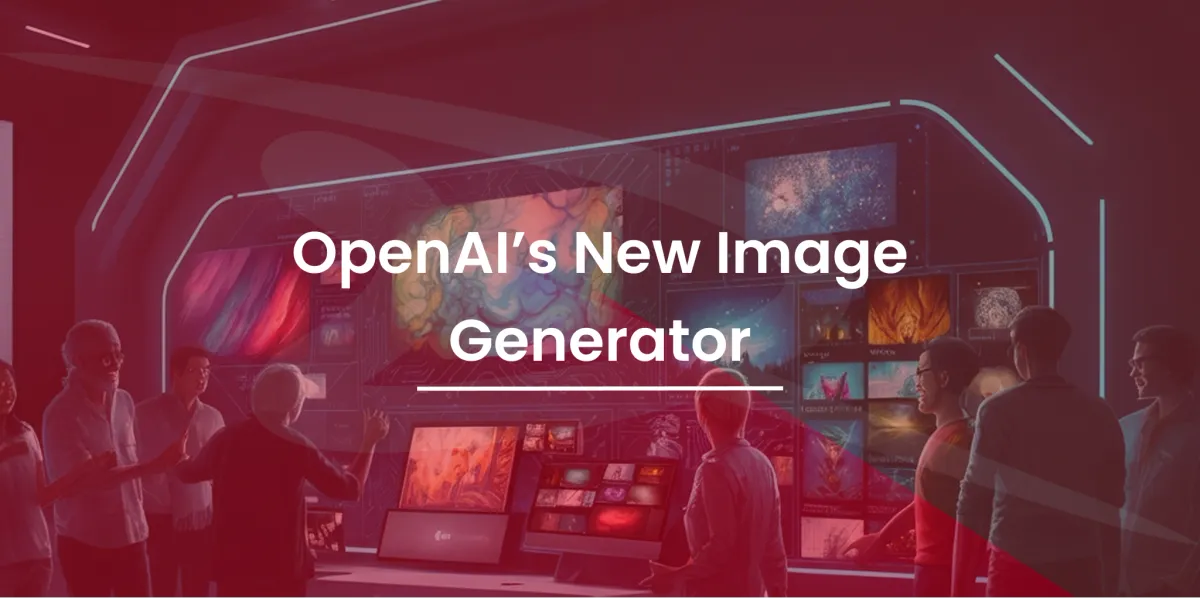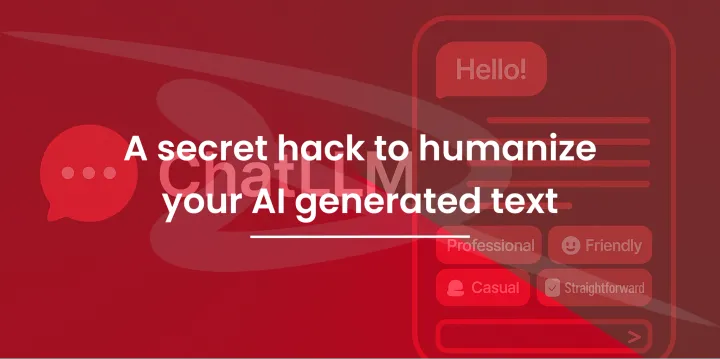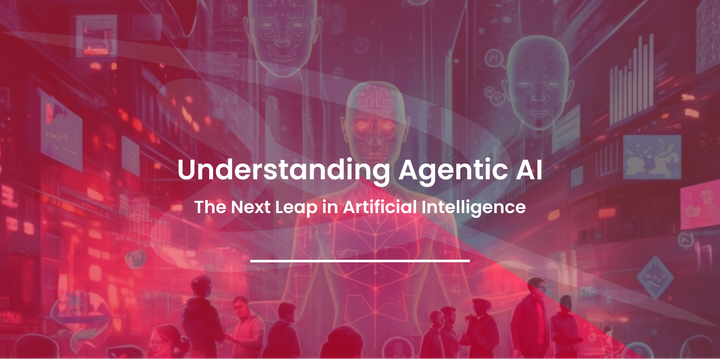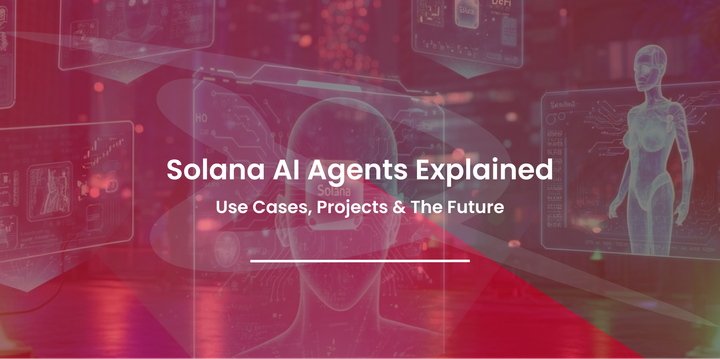OpenAI’s Revolutionary Image Generator is Here
On March 25, 2025, OpenAI unveiled its new image generator, integrated directly into GPT-4o. No longer a separate feature, this new capability allows users to create precise, photorealistic, and complex images from text-based prompts with unprecedented consistency.

The world of artificial intelligence continues to astonish, and OpenAI’s latest leap promises to transform how we create and experience visuals. By integrating advanced image generation capabilities into the GPT-4o platform, OpenAI has blurred the boundaries between imagination, words, and visuals. Whether you're an AI enthusiast, a digital artist, or a tech blogger, this development is poised to captivate your attention. Let's explore what makes this new image generation technology groundbreaking and its implications for creativity and industry.
What is OpenAI’s New Image Generator?
On March 25, 2025, OpenAI unveiled its new image generator, integrated directly into GPT-4o. No longer a separate feature, this new capability allows users to create precise, photorealistic, and complex images from text-based prompts with unprecedented consistency. Unlike traditional AI models, OpenAI’s latest addition doesn’t just conjure surreal or fantastical scenes; it is designed for practical use cases, like generating diagrams, advertisements, or infographics, marking a shift towards practical and adaptive AI tools.
“Rather than just creating beautiful art, this model allows images to work for you,” explains Kenji Hata, one of OpenAI’s research leads on the project.
Key Features and Capabilities
1. Text Rendering Like Never Before
One of the standout features of the new generator is its ability to create text in images with exceptional clarity. From accurately labeled diagrams of Newton’s prism experiment to recipe cards for cocktails, this model ensures the text is legible—even in intricate scenarios. This is a game-changer for creating content like advertisements, menu designs, or scientific visuals.
2. Improved Object Binding
"Binding" refers to an image generator’s ability to correctly place objects in relation to one another. Many older AI models struggled here, creating nonsensical images. OpenAI’s generator can handle complex prompts involving up to 20 distinct objects, ensuring accurate relationships and consistency even in intricate visual compositions.
3. Multi-Turn Generation
Users can now build images interactively through iterative conversations. For instance, you could generate an artistic concept and refine it across several turns. Want to add a whimsical hat to your character or change the lighting in the scene? Done. This multi-turn capability marries creativity with precision for designers and artists seeking perfection.
4. Photorealistic Quality Meets Utility
The model’s images span a wide spectrum—from photorealistic visuals to infographic-style creations. It can generate everything from marketing banners to educational posters, making it a practical tool for professionals across industries.
5. Seamless Integration with GPT-4o
Being part of GPT-4o allows this feature to leverage the model’s vast world knowledge. When asked to create an image of Newton’s prism experiment, for example, the system already understands the science and visual context, producing highly accurate imagery with minimal instructions.
How Does It Work? A Simplified Explanation
At its core, OpenAI's image generator evolves the principles of natural language processing into visual data. Rather than using diffusion models—which create images all at once—the generator employs an autoregressive approach, building each image step by step, akin to how text is written. This method ensures greater precision in intricate contexts like text rendering and multi-attribute binding.
The system’s training integrates millions of image-text pairs sourced online. These datasets enable it to understand the nuanced relationships between images and their corresponding textual descriptions. Aggressive post-training techniques refine its capabilities, ensuring real-world relevance and usability.
Comparison with Competing Image Generators
OpenAI’s tool outshines many competitors by addressing long-standing limitations, such as inconsistent text rendering and poor object binding. Adobe Photoshop’s AI suite and Canva’s casual design tools are strong alternatives, but OpenAI’s ability to integrate conversational refinement and wider-world knowledge marks a unique selling point. With GPT-4o, users can achieve Photoshop-like precision without needing a steep learning curve, making it ideal for casual and professional users alike.
The Trade-Off
However, there’s a minor trade-off in speed. Generating high-quality images takes slightly longer due to its complexity, but most users and testers agree that the benefits far outweigh the wait.
Ethical Considerations and Potential Artistic Impact
Like any new technology, this release comes with ethical considerations. OpenAI has pledged robust safeguards to prevent harmful use, such as generating deepfakes or violating copyright. Additionally, all generated images include C2PA metadata to provide transparency about their AI origin.
Yet, there’s ongoing debate about its potential to disrupt industries. Will digital artists and designers feel threatened by this innovation? Perhaps—but many also see it as a tool for amplifying creativity rather than stifling it.
Gabriel Goh, OpenAI’s research lead, suggests, "It’s less about replacing artistry and more about enabling anyone, regardless of skill, to express creative ideas."
Future Implications for Digital Art and Technology
OpenAI’s development underscores a broader shift in how we approach creativity and problem-solving. The implications for digital art, marketing, and education are vast:
- For Marketing: Brands can now generate polished visuals more quickly, leveling the playing field for smaller businesses with limited design budgets.
- For Education: Complex visual concepts are now more accessible, particularly in STEM.
- For Individual Creators: Hobbyists and freelancers can tap into AI-generated visuals to professionalize their projects.
This is not just an upgrade. It’s a paradigm shift in how we think about visual communication.
The Next Frontier in AI Creativity
With such a robust offering, OpenAI's image generator redefines what’s possible for creative professionals, educators, and casual users alike. This is more than a technological tool; it’s an invitation to bring imagination to life effortlessly.
Want to experience this groundbreaking technology for yourself? Sign up for GPT-4o today and explore the endless possibilities of AI-powered creativity.




Comments ()